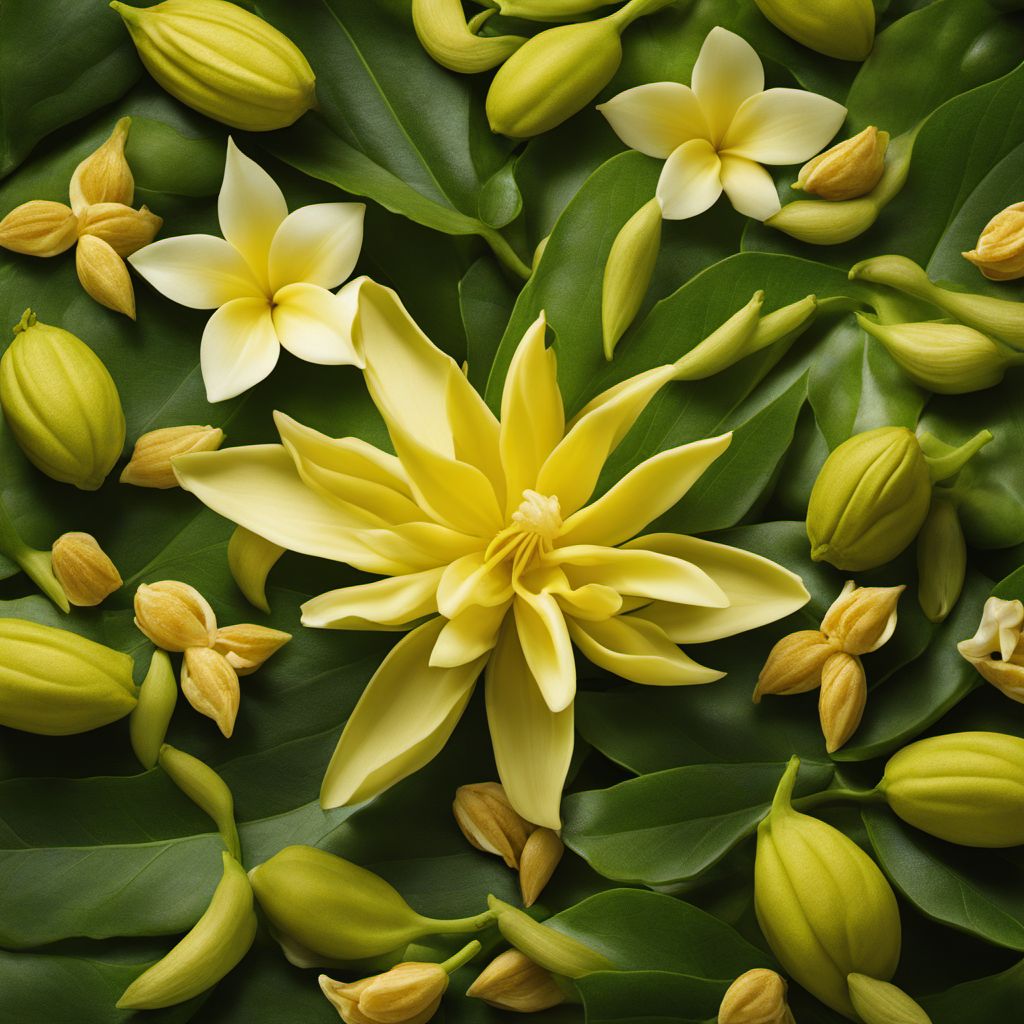
Ingredient
Ylang-ylang infusion flowers
The Fragrant Elixir: Ylang-Ylang Infusion Flowers
Ylang-ylang infusion flowers are characterized by their intoxicating floral fragrance, with hints of jasmine and neroli. These delicate flowers have a vibrant yellow color and a soft, velvety texture. When used in cooking, they impart a sweet and floral flavor that enhances both sweet and savory dishes.
Origins and history
Ylang-ylang infusion flowers have a rich history in Southeast Asian countries like Indonesia and the Philippines, where they are native. They have been traditionally used in perfumes, aromatherapy, and as a natural remedy for various ailments. These flowers hold cultural significance and are often used in wedding ceremonies and religious rituals.
Nutritional information
Ylang-ylang infusion flowers are low in calories and fat, making them a guilt-free addition to dishes. They also contain essential oils that have potential health benefits, such as reducing stress and promoting relaxation.
Allergens
There are no known allergens associated with ylang-ylang infusion flowers.
How to select
When selecting ylang-ylang infusion flowers, look for blossoms that are fresh, vibrant, and free from blemishes or discoloration. The flowers should have a strong, pleasant fragrance. Avoid wilted or dried flowers, as they may have lost their aromatic properties.
Storage recommendations
To maintain the freshness and aroma of ylang-ylang infusion flowers, store them in an airtight container in a cool, dark place. Avoid exposure to direct sunlight or heat, as it can cause the flowers to lose their fragrance.
How to produce
Ylang-ylang infusion flowers are typically grown in tropical regions and require warm temperatures and high humidity to thrive. They can be cultivated in gardens or greenhouses, but they are more commonly harvested from wild trees.
Preparation tips
Ylang-ylang infusion flowers can be used to make floral infusions, syrups, or essential oils. They are often added to desserts, such as custards, ice creams, and cakes, to impart a delicate floral flavor. These flowers can also be used in savory dishes, such as rice pilaf or stir-fries, to add a unique aromatic touch.
Culinary uses
Ylang-ylang infusion flowers are commonly used in Southeast Asian cuisines, particularly in dishes from Indonesia, the Philippines, and Malaysia.
Availability
Ylang-ylang infusion flowers are commonly available in Southeast Asian countries, as well as in specialty stores or online retailers that cater to culinary enthusiasts.
More ingredients from this category » Browse all
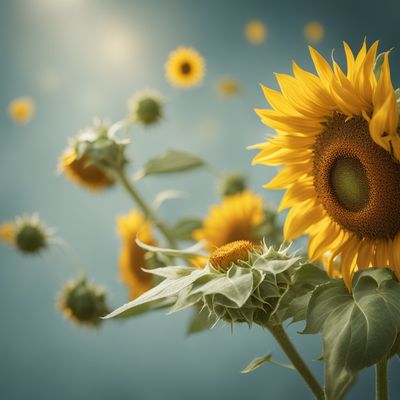
Sunflower infusion flowers
The Floral Elixir

Cinnamon infusion flowers
Aromatic Blossoms: Unveiling the Essence of Cinnamon Infusion Flowers

Great mullein infusion flowers
The Soothing Elixir: Great Mullein Infusion Flowers
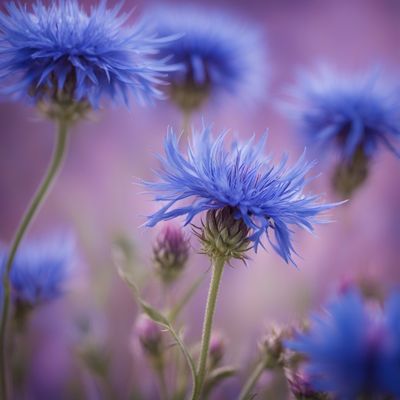
Cornflower infusion flowers
The Vibrant Blue Elixir

Field poppy infusion flowers
The Delicate Elixir: Field Poppy Infusion Flowers

Dyer’s broom infusion flowers
The Vibrant World of Dyer's Broom Infusion Flowers
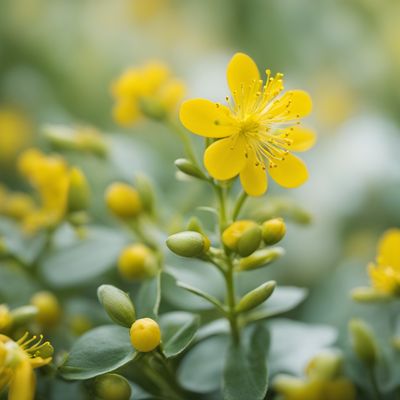
St. John's wort infusion flowers
The Healing Power of St. John's Wort

Cowslip infusion flowers
The Delicate Elixir of Cowslip

Sacred lotus infusion flowers
The Divine Beauty of Sacred Lotus Infusion Flowers

Chrysanthemum infusion flowers
The Delicate Elixir of Chrysanthemum Blossoms
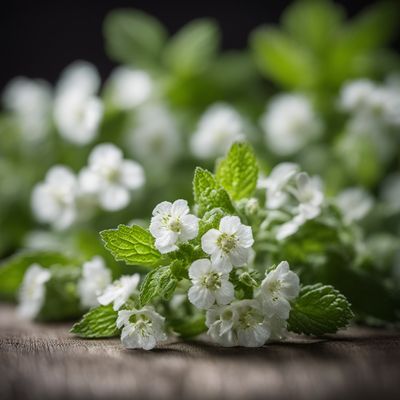
White deadnettle infusion flowers
Delicate Floral Elixir

Hawthorn infusion flowers
"Nature's Heart-Boosting Elixir: Exploring the Delicate Beauty of Hawthorn Infusion Flowers"